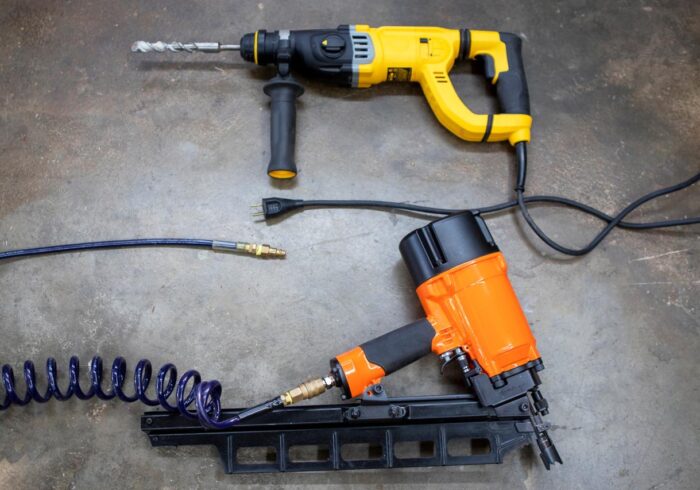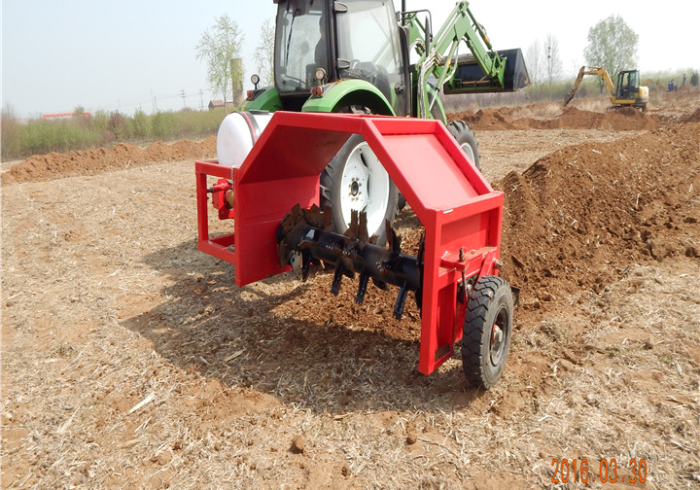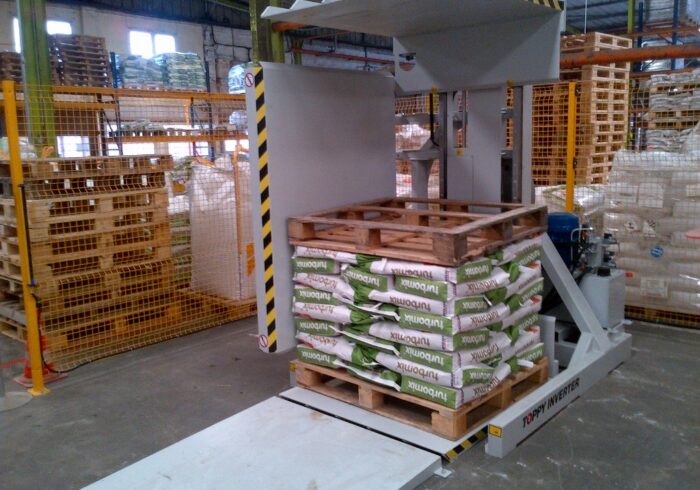Most appliances at home or work require electricity to run. When electricity fails, you require a backup source of power. Purchasing a generator either for commercial or residential use is a worthwhile investment.
There are various concerns about the type of generator to buy, such as the kind of fuel to use on your generator and the size of the generator. You can seek help from a certified electrician to help you make the sound decision on the type of generator you will be buying, or you can do your research.
Residential vs. Industrial Generators
The size of the generator you buy depends on whether it will be a home backup supply of energy or if you will be using it for commercial purposes. For a residential generator, you will need a small and portable generator.
The most common size for residential generators is 2kW-200 watts. This size can run the appliances in a medium-sized household for some hours. The generator normally uses a single-phase current and can run appliances that do not need high-voltage power, such as a television, computer, and refrigerator.
On the other hand, industrial generators range from 20kW to 3MW. High-voltage industrial infrastructures such as shopping malls, schools, data centers, and manufacturing plants need more capacity and usually use a three-phase current.
Industrial generators are bigger, and the portability logistics are less effortless than residential equipment. Most industrial generators require enclosures to keep them safe.
The Formula for Sizing a Generator
The size of the generator you buy will affect your budget and the type of generator you will purchase. Sizing a generator requires three main steps.
Make a list of all items that the generator will power.
Determine the starting wattage and the running wattage. The starting wattage is the energy you require to turn on the generator, and the running wattage is the energy you need to operate the generator. Both figures are usually indicated on the generator and the operating manual.
Calculate the total power needed by adding the figures. The figures can either be in kW or KVA.
You can use the below formula to convert amps for generators whose figures are in amperes.
You multiply amperes by volts for restrictive loads to get the total wattage.
To get the total wattage for reactive load, you multiply amperes by volts by the load factor.
Paralleling vs. Single Generator
Depending on your power requirements, you can opt to buy one large generator or more than two smaller generators. Splitting the power burden into smaller generators is referred to as paralleling, and it comes with great benefits such as:
Multiple generators offer great flexibility.
It might be easier to store two or three smaller generators in a room instead of one massive generator.
Load sharing among multiple generators can extend the life of the equipment.
One large generator can be expensive compared to multiple smaller ones.
Whether you are seeking to buy one large generator or several smaller generators, you need the type of generator that will last long and serve you best. Contact Power Systems West to get the best Kohler generators for sale. We are an authorized KOHLER distributor in Colorado, Idaho, Oregon, Utah, Washington DC, Wyoming, Montana, and Alaska.
Reference:
https://bit.ly/3zqNG3Q





